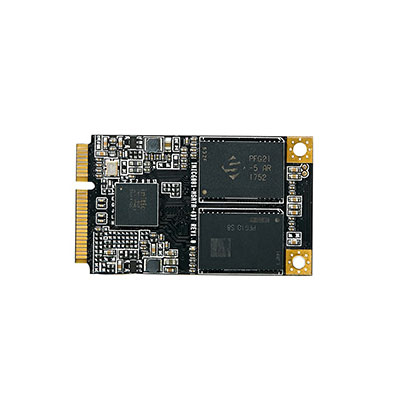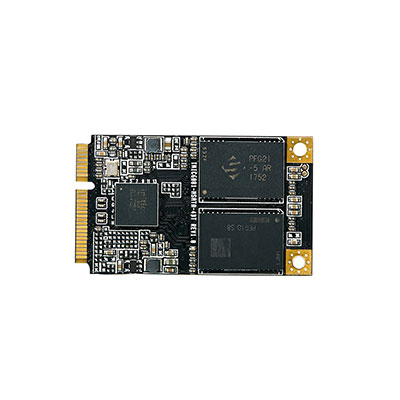News
Site Editor
 Site
https://kingspec.usa02.wondercdn.com/uploads/image/6307135a29359.png
People often confuse the mSATA and mPCIe cards for each other and this is because they share the same form factor and connector.
Site
https://kingspec.usa02.wondercdn.com/uploads/image/6307135a29359.png
People often confuse the mSATA and mPCIe cards for each other and this is because they share the same form factor and connector.
Difference Between mSATA SSD And mPCIe
Views: 21313
Author: Site Editor
Publish Time: 2020-09-24
Origin: Site
People often confuse the mSATA and mPCIe cards for each other and this is because they share the same form factor and connector.
They are both miniature cards designed for the expansion of system capacity based on the same physical card and connector.
Despite these similarities, mSATA and mPCIe cards are electrically different.
The mPCIe uses the PCI Express signals, used by desktop expansion cards while mSATA uses the SATA storage interface, used by solid-state drives and hard drives.
Therefore, whenever you need to expand your system capacity, do contact a reliable mSATA SSD supplier for a quality product.
Mini PCI-Express (mPCIe)
Being derived from PCI Express, mPCIe is a miniature card interface made for the expansion of space-confined systems.
Commonly used in laptops for 3G or Wi-Fi, mPCIe serves as a substitute for the old Mini-PCI format, which was a miniature expansion card based on the old PCI expansion card standard.
mPCIe cards come in 30 x 50.95mm full size and 30 x 26.8mm half-size form factor, thereby making it smaller than the desktop equivalent.
Although it is based on PCI Express, mPCIe is quite different from the desktop PCI Express which uses 32 lanes compared to the standard mPCIe which uses only one lane.
There are various mPCIe expansion modules as the PCI Express equivalent, and they are the serial ports, graphic cards, and more.
With the introduction of mPCIe, system designers could easily provide many configurations to users and also enlarge product features and more.
Mini-Serial Advanced Technology Attachment (mSATA)
It is a storage interface designed for the expansion of space-confined systems which are based on the SATA storage bus interface.
Similar to mPCIe, mSATA cards come in 30 x 50.95mm full size and 30 x 26.8mm half-size form factors.
They share a common connector with the mPCIe – mPCIe/mSATA slots, thereby saving board space on embedded systems while providing users with a different choice of expansion from either card type.
The derivation from an existing and pervasive storage interface makes mSATA SSDs prevalent in today’s market.

mPCIe and mSATA Compatibility
Although mSATA and mPCIe cards share form factor and connector which has been favorable to manufacturers and users, whereas, it also creates room for confusion.
Confusion in the sense that they both look similar but are not compatible.
With mSATA cards fitting into any mPCIe slot, they only function properly if the slot is connected to a SATA host controller.
This is mostly labeled in system specifications with compatible slots labeled as mSATA or mPCIe/mSATA slot.
Whereas some systems are labeled with uncommon mSATA slots, which would only function perfectly with mSATA cards and not mPCIe card.
Storage Cards
mSATA SSDs are without a doubt the choice for solid-state storage in embedded systems.
Nonetheless, some systems, particularly the industrial zone, may have a mPCIe slot without mSATA support.
In this circumstance, some mPCIe SSDs permit legacy systems to enlarge their capacity with flash-based storage.
System designers who are aware of the capacity and usage of these miniature cards can use it to expand the storage capacity as well as the signal-handling capability of their products.
Conclusion
The similarities between the mSATA and mPCIe cards has been beneficial to both manufacturers and users.
Based on the similar physical standard, the mSATA and mPCIe card utilizes separate electrical and logical interfaces.
These two miniature card formats are designed for the expansion of space-constrained systems.
Searching for the best upgrade to your system capacity?Please choose Kingspec Electronics Technology, we will provide you with quality service and guaranteed high-quality products. Email to us.






















